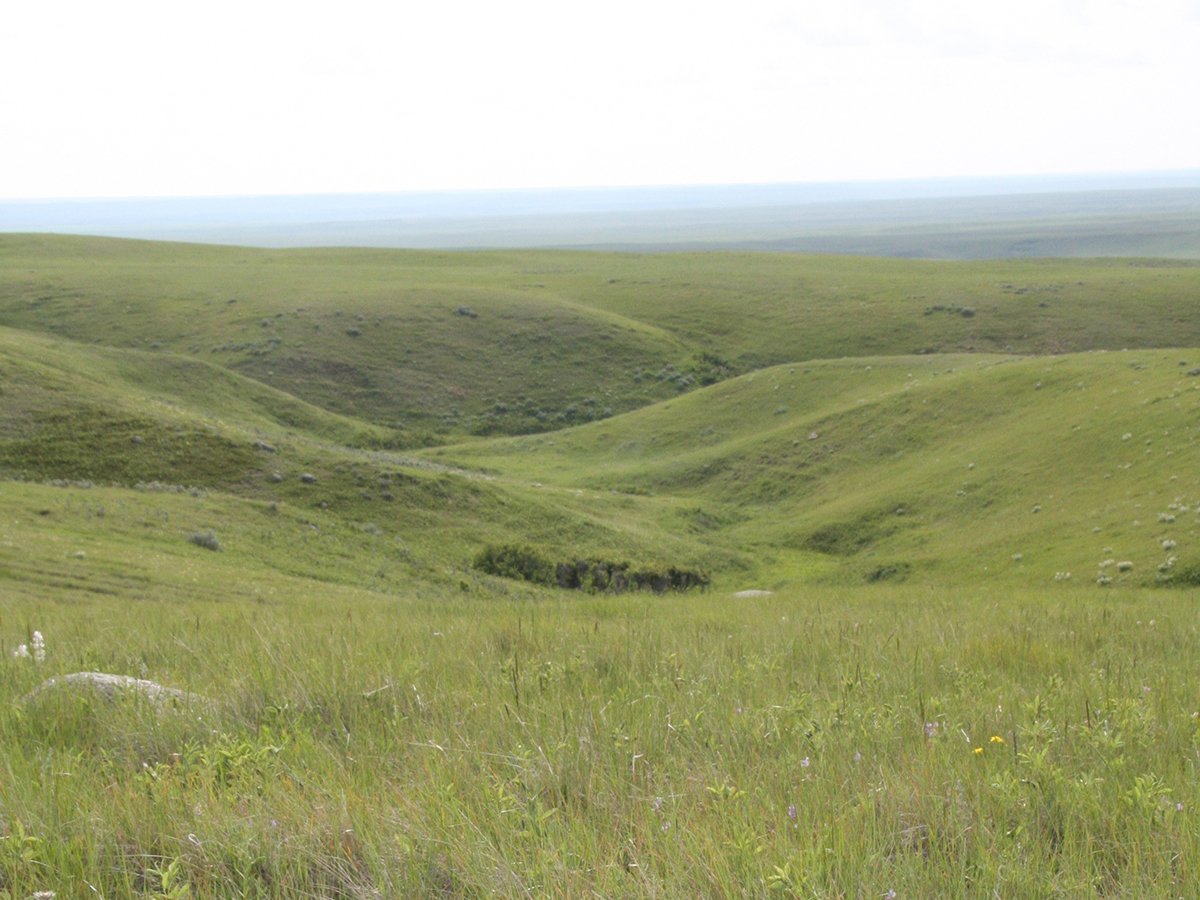Twenty years ago a farmer may have seeded caraway as an alternative crop.
Today, in some parts of Alberta caraway has taken root as a weed in hay fields.
“Plants seed themselves down and it gets into a hay field and the hay is baled for animal feed and further spread,” said Marian Jones, co-ordinator for the newly formed Alberta Invasive Plants Council.
“An oil company may have an installation in the hay field. It drives through, picks up some seeds that are later deposited in a new site.”
Read Also

Alberta irrigation project on grasslands approved
Environmental concerns raised by Alberta conservation groups over irrigation expansion project within rural municipality
The council hopes to inform producers and the public about how foreign weeds and other invasive species spread, including the gypsy moth, Asian longhorn beetle, West Nile virus and plants like leafy spurge, toadflax, oxeye daisy and knapweed.
Many of the plants were introduced as garden ornamentals and later escaped. They are now responsible for loss of habitat, decreased land productivity and pressure on native plants.
Other species arrived on the wind, water, wildlife and livestock.
It is estimated that total losses caused by invasive plants to the Canadian agriculture and forestry industries amount to $7.5 billion a year. For example, Canada thistle costs canola producers $320 million annually in lost yield.
Money is the biggest obstacle when trying to eliminate problem plants.
“If you’ve got no end of elbow grease and money, you could eradicate something, but that’s limiting for every organization,” Jones said.
“Prevention is the number one message. It is the easiest, cheapest and most effective method of invasive plant control.”
A workshop will be held in Red Deer next April to learn more about the problem in Alberta and possible solutions.

















